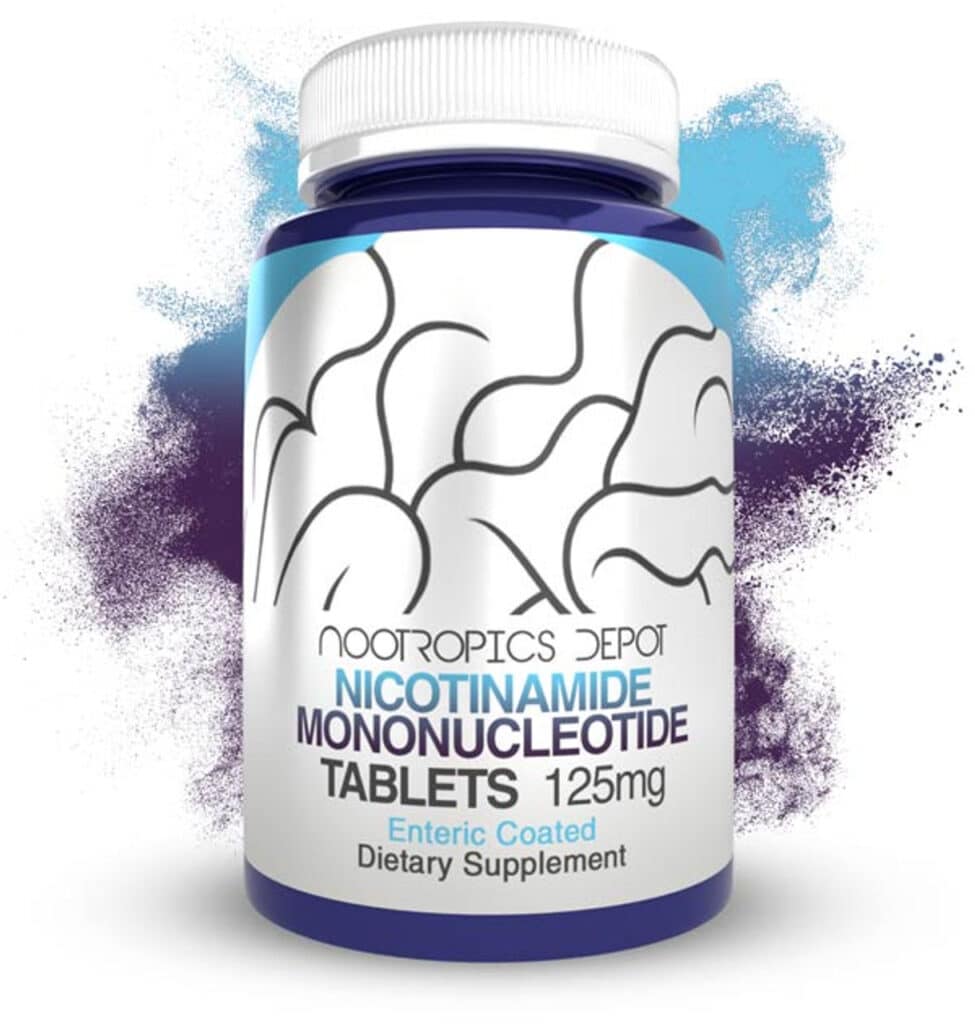
Nicotinamide mononucleotide (NMN) and nicotinamide riboside (NR) are two of the most promising anti-aging supplements on the market today. Both molecules work by increasing levels of NAD+, a critical coenzyme involved in energy production and hundreds of vital cellular processes.
However, NMN and NR have key differences in how they’re metabolized and the strength of their anti-aging effects. This in-depth examination explores the science behind NMN and NR to reveal which one looks more beneficial for longevity.
Molecular Structures: NMN is Larger and More Complex
NMN and NR have the same nicotinamide core structure, but NMN contains an additional phosphate group attached. This phosphate gives NMN a larger molecular weight of 335 g/mol compared to NR’s modest 244 g/mol size.
The extra phosphate also makes NMN more polar and hydrophilic. It allows NMN to dissolve easily in water, whereas NR is more hydrophobic. Some experts propose this phosphate prevents NMN from directly crossing lipid cell membranes due to its charged nature. However, evidence shows certain cells have specific transporters that can actively uptake NMN, allowing it to enter directly in some cases.
Overall, the phosphate group gives NMN a bulkier, more complex molecular architecture compared to NR’s more straightforward structure. This added molecular complexity influences NMN’s biosynthesis and metabolism in critical ways.
Biosynthesis Pathways: NMN is a Direct NAD+ Precursor
The different structures of NMN and NR translate to key differences in their metabolic pathways. NR must first convert into NMN via phosphorylation through the NRK enzyme before it can synthesize NAD+. This makes NR an indirect precursor that requires conversion.
On the other hand, NMN already contains the necessary phosphate group, allowing it to directly synthesize NAD+ through the NMNAT enzyme without needing activation. This gives NMN a more straightforward route to NAD+ production, classifying it as a direct precursor.
In summary, NMN sits closer to NAD+ in the biosynthesis cascade and can increase NAD+ levels without needing an extra conversion step. Meanwhile, NR first has to become NMN before it can synthesize NAD+, making it a more indirect route.
Anti-Aging Effects: NMN More Potent Than NR
Multiple animal studies reveal NMN creates more robust anti-aging effects compared to NR across a broad range of biomarkers:
Lifespan – NMN extended lifespan in mice, rats, and killifish, whereas NR only extended lifespan in mice inconsistently.
Mitochondria – NMN enhances mitochondrial biogenesis and energy metabolism more than NR in old mice.
Cognition – NMN uniquely reverses age-related cognitive decline in mice while NR shows mixed results.
Kidneys – NMN successfully treats kidney fibrosis and ischemia-reperfusion injury in mice and rats while NR’s effects are unknown.
Muscles – NMN boosts muscle mass, strength, and stem cell function better than NR in aging mice.
DNA Repair – NMN more potently activates SIRT1/SIRT3 to enhance DNA repair whereas NR has weaker effects.
In summary, current research indicates NMN provides broader anti-aging benefits and more robust enhancement of biomarkers of aging compared to NR.
The NR Hype: Marketing, Patents, and Cost Favored NR
Despite more substantial evidence for NMN so far, the anti-aging supplement market heavily promotes NR over NMN for various reasons:
Patents – Early manufacturing patents allowed a few companies to monopolize NR’s production.
Lower Cost – NR is easier and cheaper to manufacture at scale synthetically.
Initial Research – Early aging studies focused solely on NR due to limited NMN availability.
Marketing – Heavily funded marketing campaigns touted NR as superior despite conflicting data.
However, as NMN production expands, research continues to mount showing NMN as the more direct and potent NAD+ precursor with superior anti-aging effects over NR.
Conclusion: Current Data Favors NMN Over NR
In summary, NMN and NR are valid anti-aging molecules enhancing NAD+ activity. However, NMN appears advantageous based on its direct precursor status and more potent impacts on biomarkers of aging. For those seeking to slow aging through NAD+ augmentation, quality NMN supplements may provide superior benefits over NR. More human trials are still needed, but the current science points to NMN as the frontrunner.



